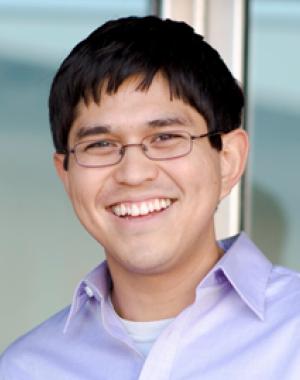While reflecting upon Pope Francis’ visit to the United States last fall, I continue to be struck by how Francis, though he never attended the Second Vatican Council, embodies it in many ways. The council was a singular ecclesial event of the 20th century—referred to by every pope since its inception as the guiding light for the Church’s present mission. That mission, interestingly enough, was not mainly one of doctrinal clarity but of pastoral duty. The council wanted to address how to bring the faith of the Church more powerfully and effectively to the modern world. Thus, when John XXIII convoked the council, he claimed that its success would be measured both by the extent it revivified the faith of Catholics and by its ability to speak to all people of goodwill. The faith was, he claimed, not only a treasure for Catholics but “the common heritage of mankind.” It is because of this mission that the council stands as the source of the New Evangelization. Yet, from the very start, in its effort to engage the modern world with the Catholic faith, Vatican II has prompted contrary reactions, which claim that either the Church should preserve herself from the impurity of the world, or that she should, rather, embrace the world unreservedly. Both reactions attempt to resolve the inherent tension between the faith and the world, though by different means: one by utter separation and the other by absolute equation. Pope Francis’ desire to bring the faith to the peripheries has prompted the very same reactions. One gets the impression that the Church’s stance toward the world is either all truth and no love or all love and no truth. However, the Church’s mission always proclaims both truth and love. In Francis’ words, the Church must form joy-filled evangelizers who are “able to step into the night without being overcome by the darkness … able to listen to people’s dreams without being seduced and … able to sympathize with the brokenness of others without losing their own strength and identity.” We must, in other words, form messengers of the Gospel who bring the Faith to the very heart of the world without becoming assimilated by it. With this goal in mind, this article will look more closely at one of Francis’ reflections on the Church’s mission to the world. This reflection first took the form of a 1989 lecture in Argentina (antedating his pontificate), which he gave on the occasion of the Spanish publication of Luigi Giussani’s The Religious Sense. In it, he draws from the rich teaching of John Paul II’s Fides et Ratio and signals a way in which the Church can speak to the desire for God that exists in every human heart. His thoughts offer a method the Church can use in order to address those who live in the world without conflating itself with the world.
The rest of this online article is available for current Guild members.
This article is from The Catechetical Review (Online Edition ISSN 2379-6324) and may be copied for catechetical purposes only. It may not be reprinted in another published work without the permission of The Catechetical Review by contacting [email protected]


















